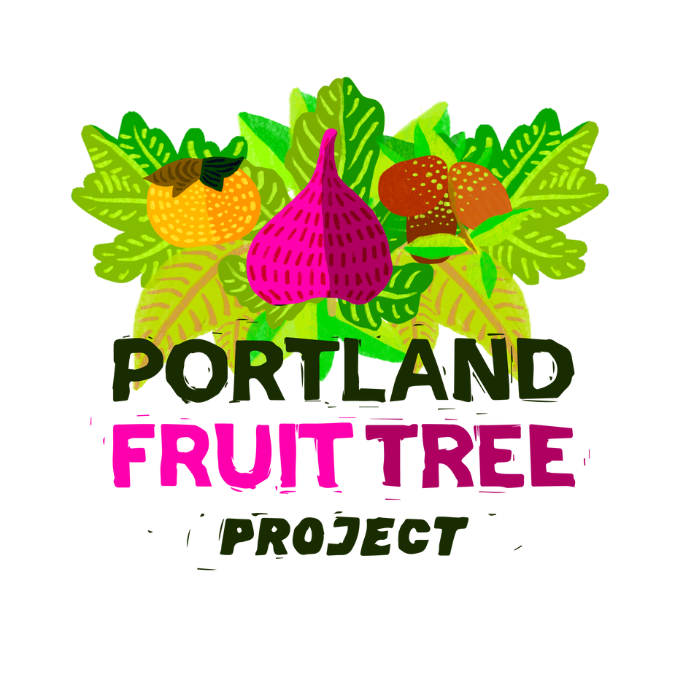Figs - The how, when, and why of it all
Post sponsored by Welcome to PDX Real Estate Agent, Deb
〰️
Post sponsored by Welcome to PDX Real Estate Agent, Deb 〰️
Figs - They’re super weird
You may have noticed that figs grow on trees that produce leaves (which are edible) but not flowers. That is because figs aren’t technically a fruit, but an inverted flower with many hard seedy fruits inside of it. This is part of what makes the fig unique in its jammy texture in addition to a honey sweet flavor.
For the people that know and love them, they’re a total treasure. For everyone else, they are somewhere between a mystery and a nuissance. So let’s dig in!
Fun side note: fig trees are VERY resilient. They have virtually no pests (other than stupid squirrels). They are hardy in our variant weather. They don’t need as much water as some other fruit trees. They’re also very pretty… I mean… look at them.
Figs from a PFTP harvest
What Are Figs?
There are hundreds of types of figs, with thin-skinned and less sweet varieties being harvested in early summer. Later season figs have thicker skins and a sweeter taste, and are typically ready in early August to early October. A number of figs that grow in our region have multiple crops - the first is called the “breba” crop and typically is larger fruit very early in the season. If you’re not a victim to squirrel vandalism, it’s an amazing early harvest treat. For the rest of us, we wait til late summer or fall for our fig fix.
Harvest Tips and Tricks
Figs do not ripen off the tree, so it’s best to pick them at peak ripeness. But how do you “fig”-ure that out? Similar to other fruits, the color of the fig will deepen, and the figs will smell sweet. However, unlike other fruits, ripe figs will be VERY soft, especially at the neck. An additional indicator is that the stem of the fig will start to droop. Ripe figs will also start to open up at the stem and produce a honey like nectar.
To avoid damage to the branch and soft fruit, figs should be harvested only by the stem. Grab the stem of a fig and lift in the opposite direction in which the fig is hanging, or use pruners. Because the sap of fig leaves and trees can be a skin irritant, wear gloves when harvesting from a fig tree.
If you are harvesting a lot of figs, put your bounty in egg cartons to keep them from smooshing.
Egg cartons ready to go in the Fruit Fridge
How to Store and Preserve
Freshly picked figs can last in the fridge for up to a week if kept dry and aerated (in a mesh produce bag or berry container). If you did happen to pick an unripe fig, you may be able to ripen it slightly by placing in in a paper bag with a banana (to produce ethylene gas) at room temperature. For long term storage, you can wash and dry your figs and place them on a baking sheet to freeze before putting them in a container for storage. One cool thing about figs is that you can dry fig halves slowly in the fridge if you don’t have a dehydrator. The oven and the sun also work as alternative drying methods, but in all methods, be sure the figs are completely dry before putting them away.
The honey flavor of figs makes them a delicious complement to lavender, almond, balsamic, and vanilla notes in both sweet and savory items. Try baking figs in an almond cake or a lavender goat cheese galette. For something simpler to really highlight the fig flavor, roast figs with balsamic vinegar or rosemary and serve them as an appetizer. If you need a low effort use for the last few figs, toss a few slices into a salad. Lastly, you can further preserve figs by canning them as jam or pickles.
Do you have extra and need help?
Talk to your neighbors! It’s a great way to meet them and you can share your abundance hyper locally!
Donate it through Portland Fruit Tree Project’s Fruit Fridge! Harvest and drop off at your convenience and we’ll get it all used up!
Can’t harvest it? Register for us to come harvest for you!
Take the next step with Portland Fruit Tree Project!
This content was generously supported by:
Are you interested in sponsoring Portland Fruit Tree Project content? Send us an email!




